Teaching any long vowel and all of its spellings can be challenging. Long U spellings are usually the last long vowel we teach. You would think after teaching long a, e, i and o we would have it down, yet long u makes it even a little more challenging. It is one I have struggled with in the past.
Why It Is Hard
Long U is challenging not because it is the last vowel we usually teach, but because it has two sounds. There are some that teach long u has two sounds. Others teach that long u has only one sound and that other sound they teach as long OO. Regardless of which way you teach, the same spellings are used to represent these two sounds so we have to be aware of each.
What are the two sounds?
Long U is said as /yoo/ so it has two parts or two sounds.
Long OO is said as /oo/ is just the second part or the second sound of Long U.
Breaking Down Each Long U Spelling
U

As Long U: It is the most common way to spell long u. It is used at the beginning and middle of words.
As Long OO: U can also be used to make the long oo. It actually is the second most common way to spell the long oo sound. It is only used in the middle of a word to make the long oo sound.
U_E
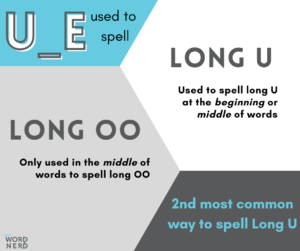
As Long U: This is the second most common way to spell long u. It can be used at the beginning or middle of a word.
As Long OO: U_e is also used to spell long oo sound. However, it is only used in the middle of words, not at the beginning to make this sound.
EW

As Long U: It used mainly at the middle or end of a one syllable word to spell the long u sound. Ewe is the only word that it is used at the beginning.
As Long OO: It can be used in the middle or end of a word to spell the long oo sound. This sound is more commonly used with this spelling than long u is.
UE

As Long U: It can be used in the middle or end of a word to make the long u sound.
As Long OO: It can be used in the middle or end of a word to make the long oo sound.
OO and O

As Long U: These spellings are not used to spell the long u sound.
As Long OO: OO is the most common way to spell long oo. It is used mainly in the middle of a word. O is often used to spell the long oo sound at the end of words like do, to, who.
UI
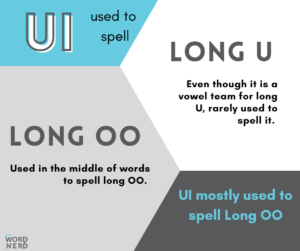
As Long U: UI is considered a vowel team for long u but rarely is used to spell this sound.
As Long OO: Most of the time UI is used it is spelling the long oo sound.
EU
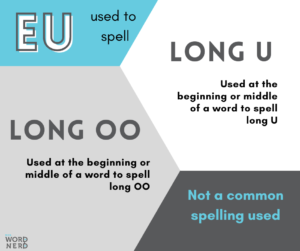
As Long U: It can be used at the beginning or middle of a word to spell the long u sound.
As Long OO: It can be used at the beginning or middle of a word to spell the long oo sound.
IEW & EAU
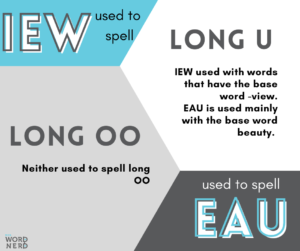
As Long U: IEW is used mainly with words that have the base word view and EAU is used mainly used with the base word beauty.
As Long OO: These spellings are not used to spell the long oo sound.
Clues to know which sound is used
See how connected these sounds and spellings are? It is SO tricky! I have two helpful tips for you.
I recently learned this saying: “Whatever says /yoo/ also says /oo/.” Meaning all spellings that makes Long U sound will also make the Long OO sound, but it doesn’t work in reverse. All the spellings that make the Long OO sound don’t make the Long U. So when decoding words work to have students try the Long U sound first and then Long OO.
Most of the time you can tell whether the word will make the long u sound or long oo sound by what the word starts with.
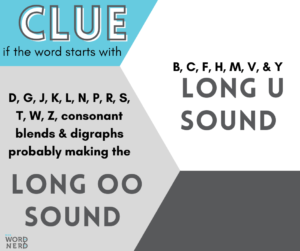
If a word starts with b, c, f, h, m, v and y the LONG U sound will be used.
If a word starts with d, g, j, k, l, n, p, r, s, t, w, and z the LONG OO sound will be used.
When words start with consonant blends or digraphs long oo sound will be used.
Things to Remember:
- sounds (these sounds especially) can be hard to hear and differentiate,
- can take lots of practice for us and students,
- even with the clues still hard for students to apply
Following these tips will help you and your students, but it will take time. I created a resource that I use each time I teach Long U –Spelling Patterns Long U and Long OO that might be helpful for you to use in your classroom.
Need More Help?
To help you teach long u, I included this resource for you to reference and store in your teaching resources. Click the button to download. I hope it adds to your teaching.


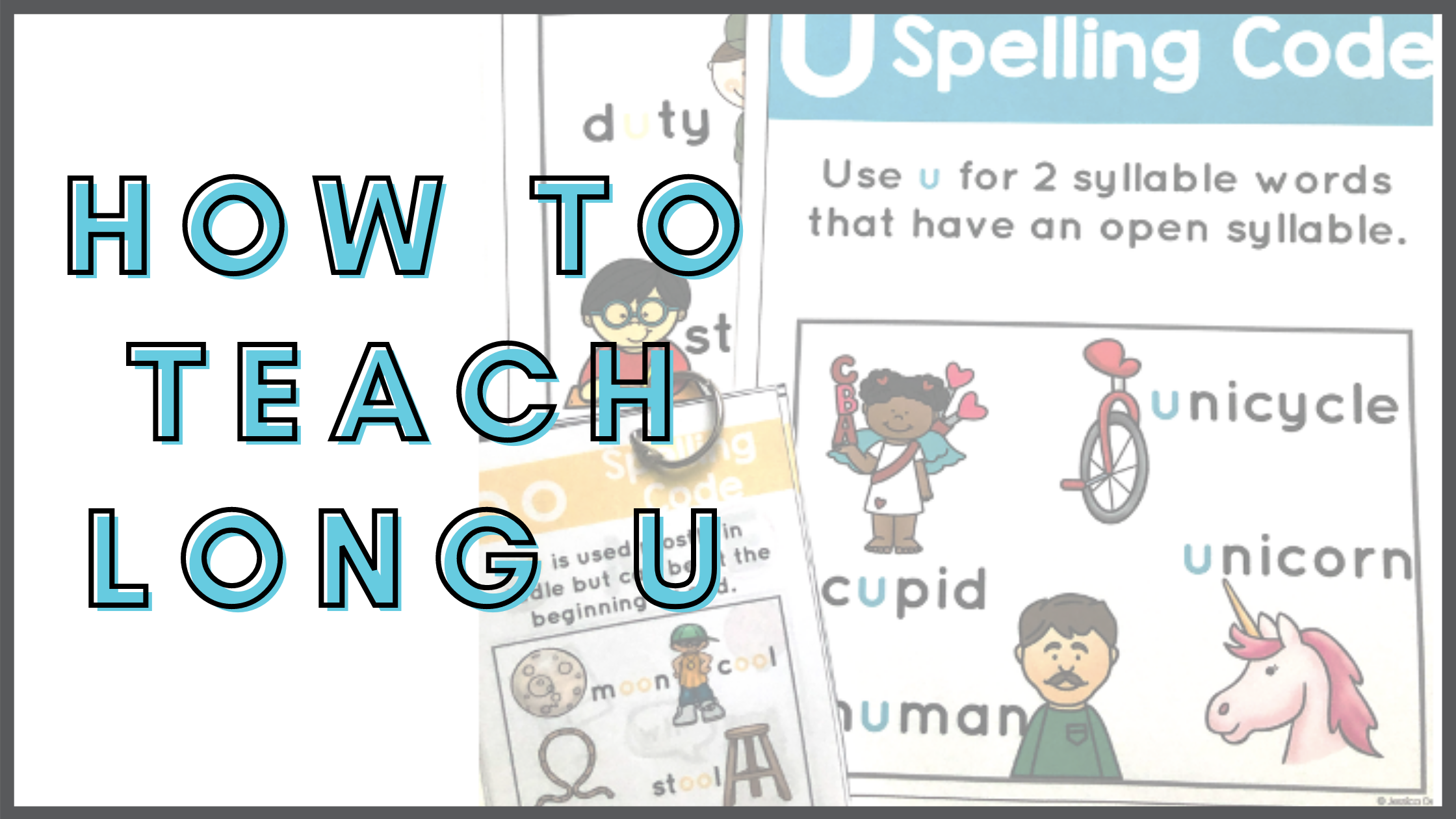

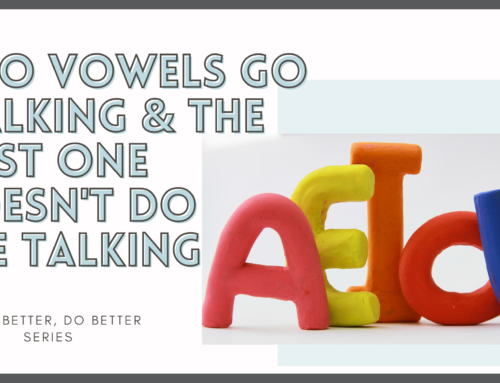
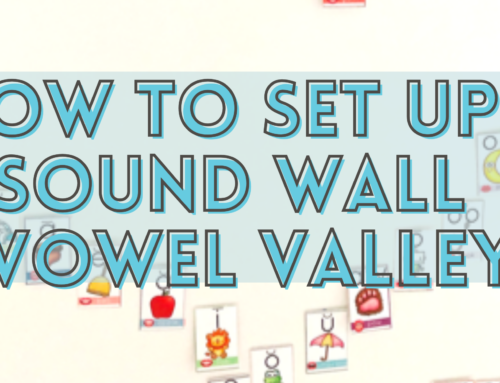
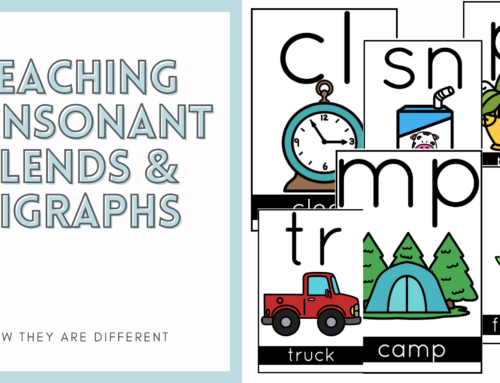
Leave A Comment